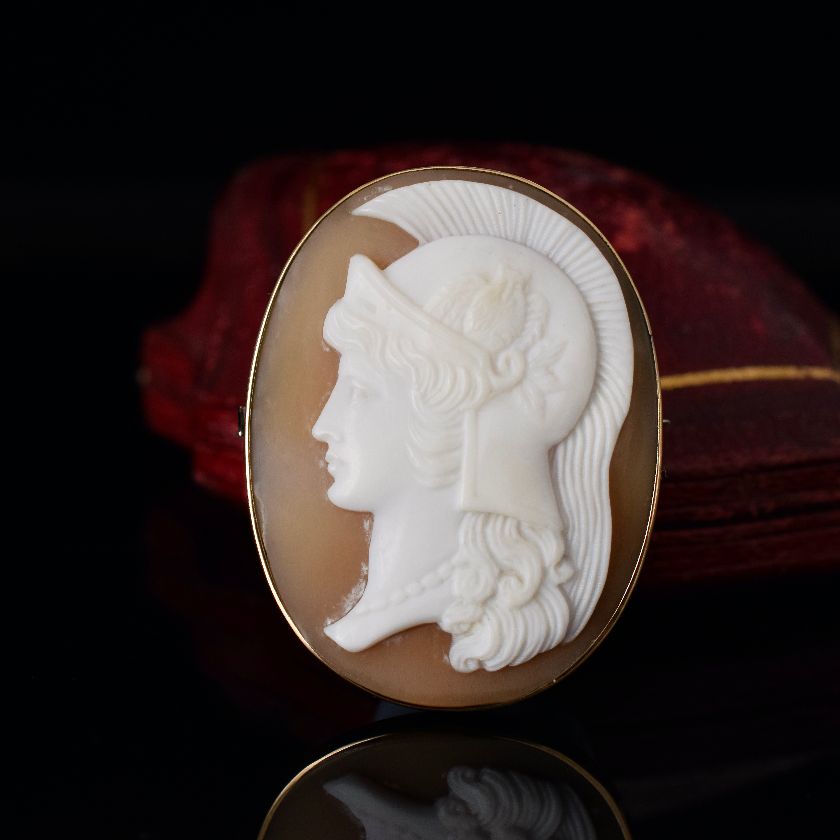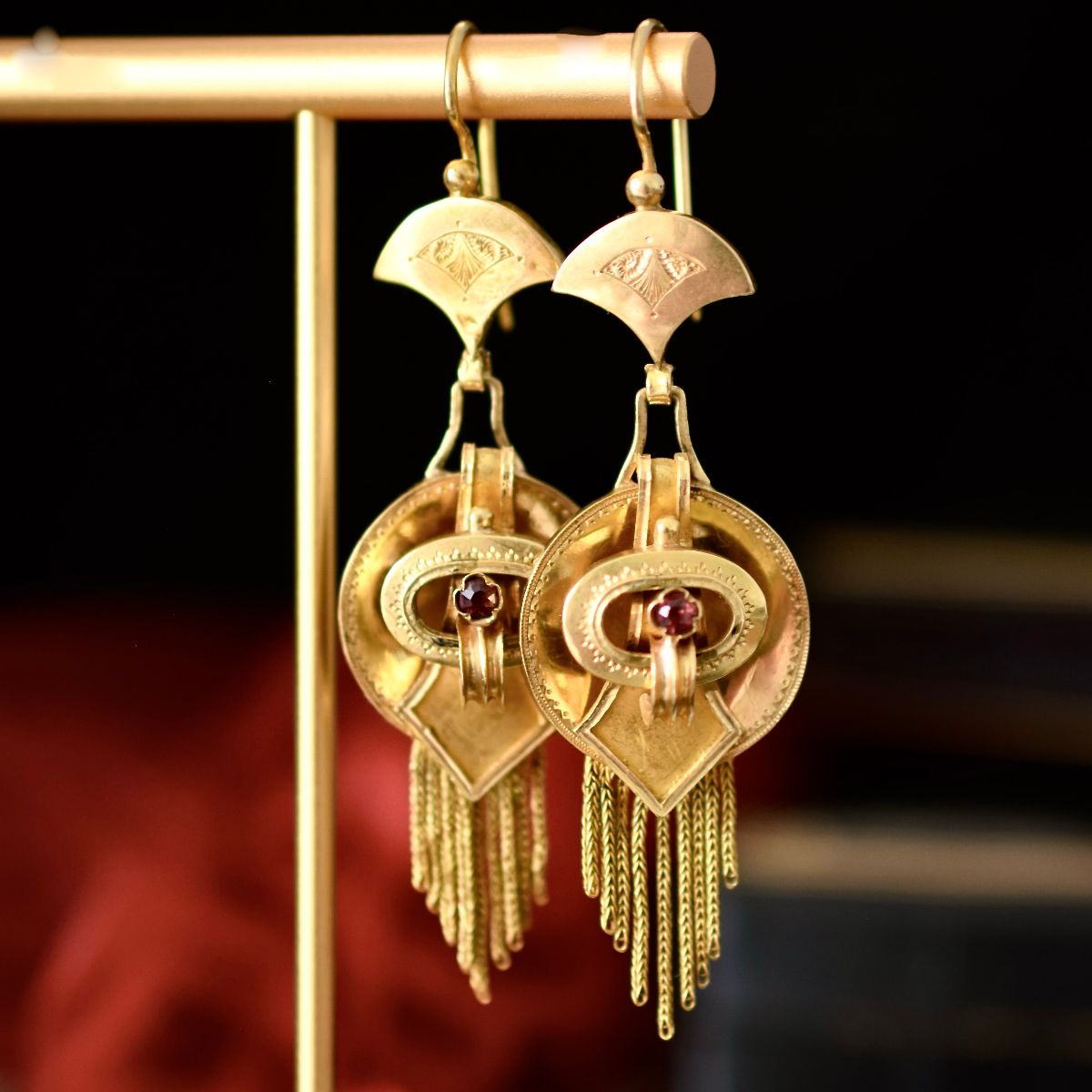Exploring The History Of The Chester Assay Office & The Work Of Charles Horner
The origins of hallmarks as we know them today can be traced back more than 700 years ago, to the year 1300 A.D, when the first UK Assay Office was established, the Goldsmiths Hall , where the term ‘hallmarking’ was first coined.
The introduction of a statute of Edward I to denote the standard of the item was of the Kings standard, in this case sterling silver, confirmed that the piece had been ‘assayed’ (tested), subsequently marked with a Leopards head. In 1544, the Goldsmiths Company officially adopted this mark as their town mark and the leopards head is now recognised as the mark of the Assay Office London.
Over the subsequent centuries, the UK would become home to numerous Assay Offices, notably Edinburgh (1457), Birmingham (1773), Sheffield (1773) London (officially recognised in 1544) and Glasgow (1819). Today, only Birmingham, London, Edinburgh (now known as the Assay Office Scotland) and Sheffield remain.
Today, we explore the historic Chester Assay Office and one notable Chester piece that we have the pleasure of offering, our very special Art Nouveau Charles Horner necklace.
Assaying Items of silver and gold in Chester can be traced back to as early as the 15th Century, though it wasn’t until the 17th century that Chester would be granted an official Assay Office by an Act of Parliament as tighter legislation was introduced to minimise the incidence of fraudulent silver and gold trade, illegal importation, and stolen goods.
The Assay Mark for Chester is a shield bearing the town’s arms, a sword and three sheaves of wheat (as shown below). In addition to the Assay Office mark, obligatory hallmarks used include a Sponsors Mark (also known as a markers mark), the Standard Mark (purity of the precious metal content in parts per 1000), the Date Letter and the Traditional Marks (most known is the crown denoting gold and the lion passant for sterling silver).

Other important marks include but are not limited to the Commemorative Mark for special Monarch celebrations, and a Duty Mark (struck between 1784-1890 to indicate that a Duty Tax had been paid on an item denoted by a Sovereigns Head). It is important to note that these marks and the style were significant to the UK, other countries created their own process including stamps and marks specific to them. – that’s for another blog!
Initially, the Chester Office assayed mostly silver items and were home to one of the most important silversmith families, The Richardsons’ as well as the firm of Bethold Mueller, who predominantly distributed silver manufactured by German firm Neresheimer & Co. It wasn’t until the late 19th Century that the Chester Office would begin assaying large quantities of gold items until their closure in 1962 due in part to a reduction in work received through the Office.
For this reason, jewellery items assayed for Chester have become highly sought after, their presence in the market is slowly decreasing as time goes by, considering the Office closed 60 years ago! We make a conscious effort to source Chester pieces for our personal and professional collection.
Currently available through our webshop is our impressive Art Nouveau piece crafted by Charles Horner (1837–1896), an influential English jeweller who began his career in the late 1850s, producing silver jewellery and ornaments, notably enameled Art Nouveau pendants and necklaces.
Crafted as a three-piece lavaliere from Sterling Silver, this vibrant and visually striking piece bears the hallmark for Chester, date letter ‘j’ for 1909 and the lion passant representing its silver purity. The collectability of Art Nouveau/Arts & Crafts pieces continues to increase due to the growing scarcity of items from this era, not to mention those crafted by Charles Horner. This gorgeous necklace would be a fantastic piece for any collector!


REFERENCES
https://www.loweandsons.co.uk
https://en.wikipedia.org/wiki/Charles_Horner_(jeweller)

